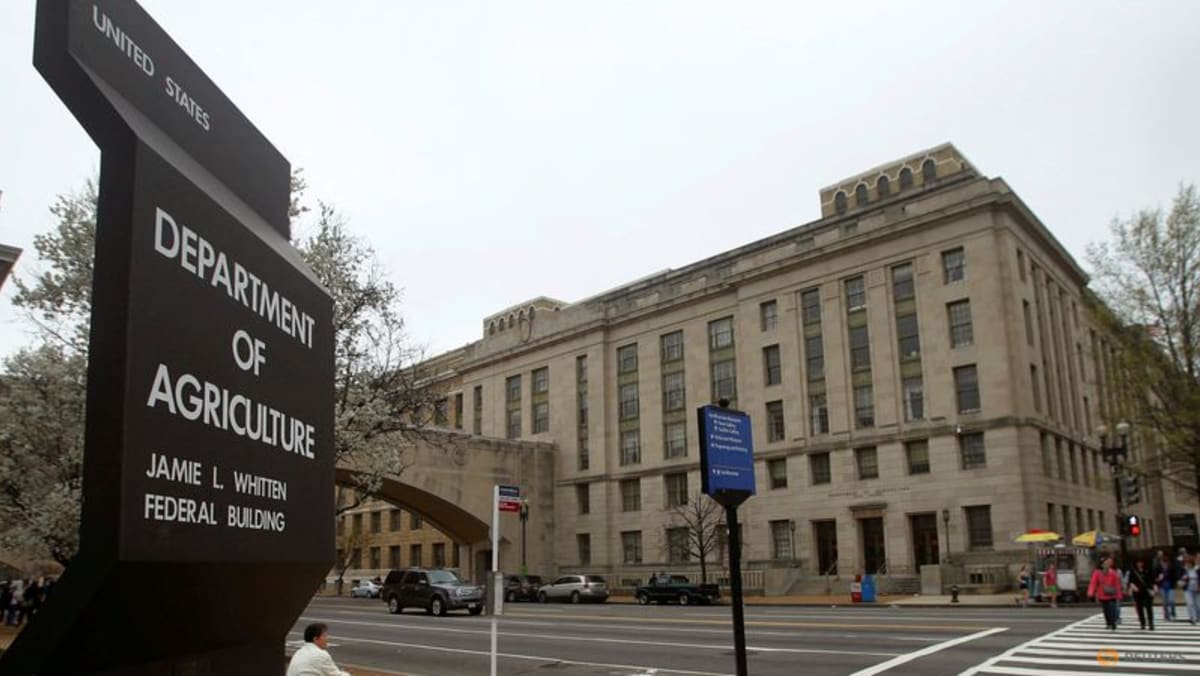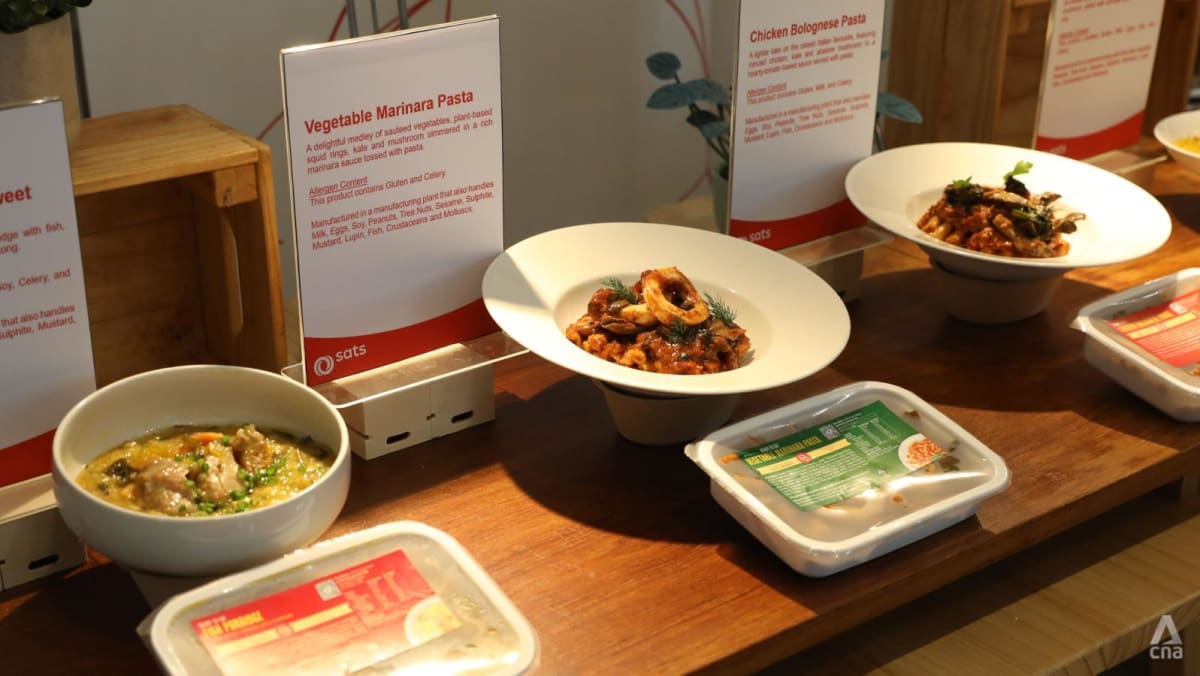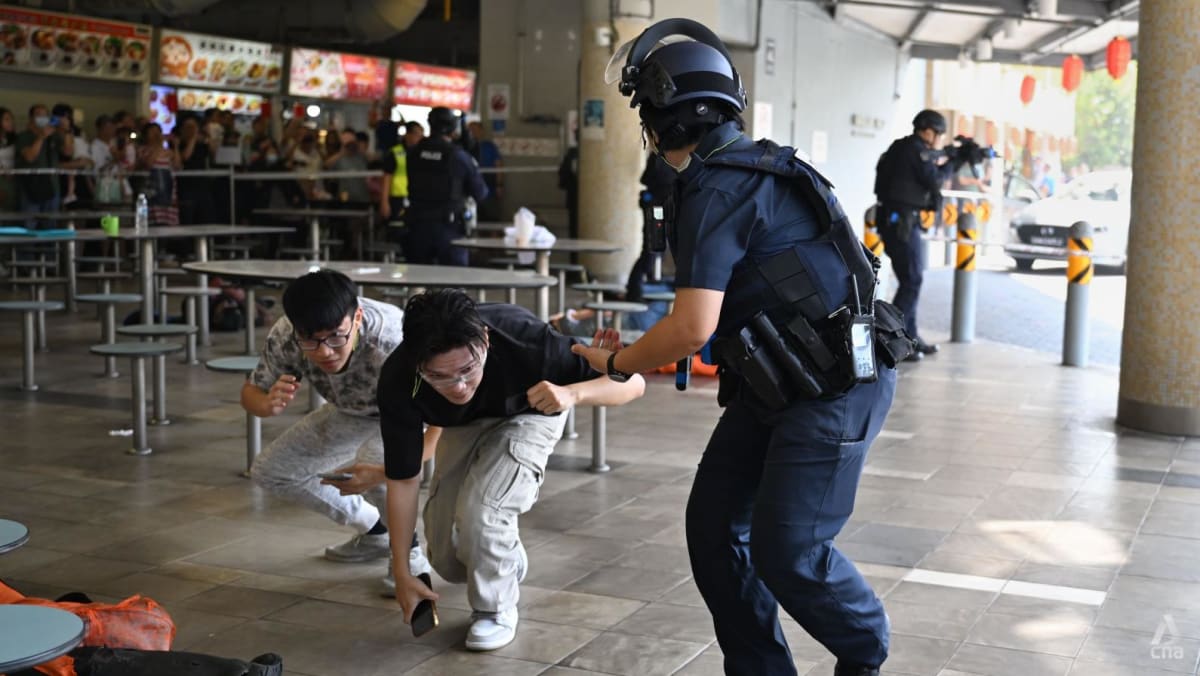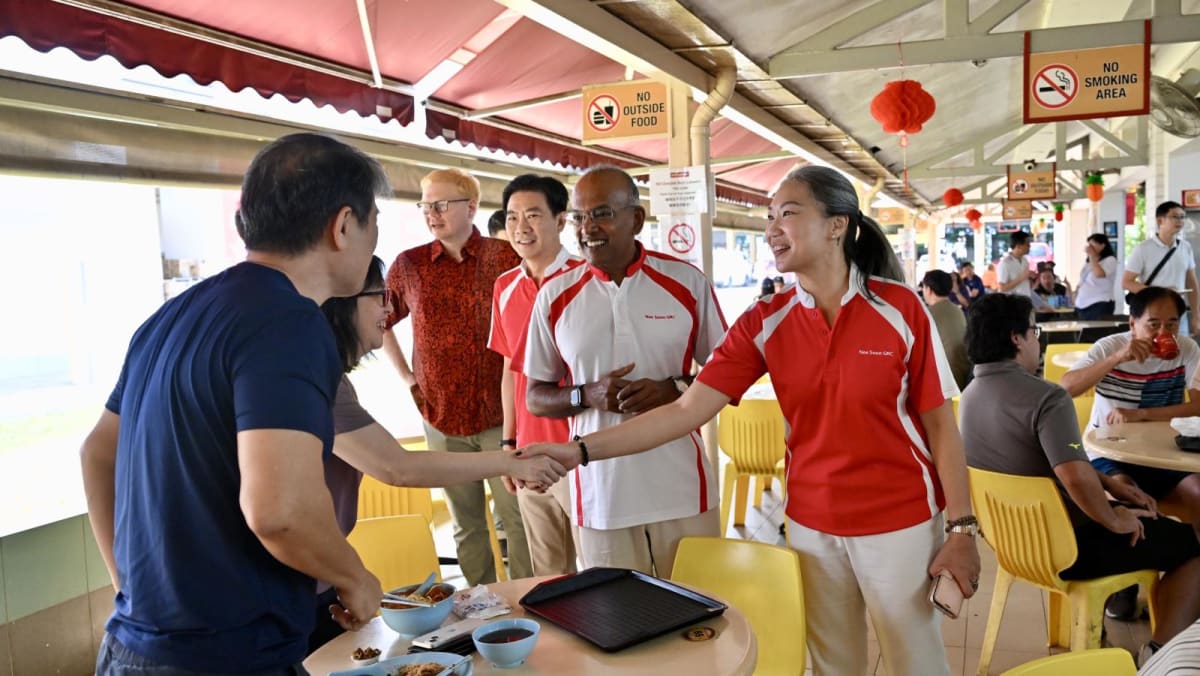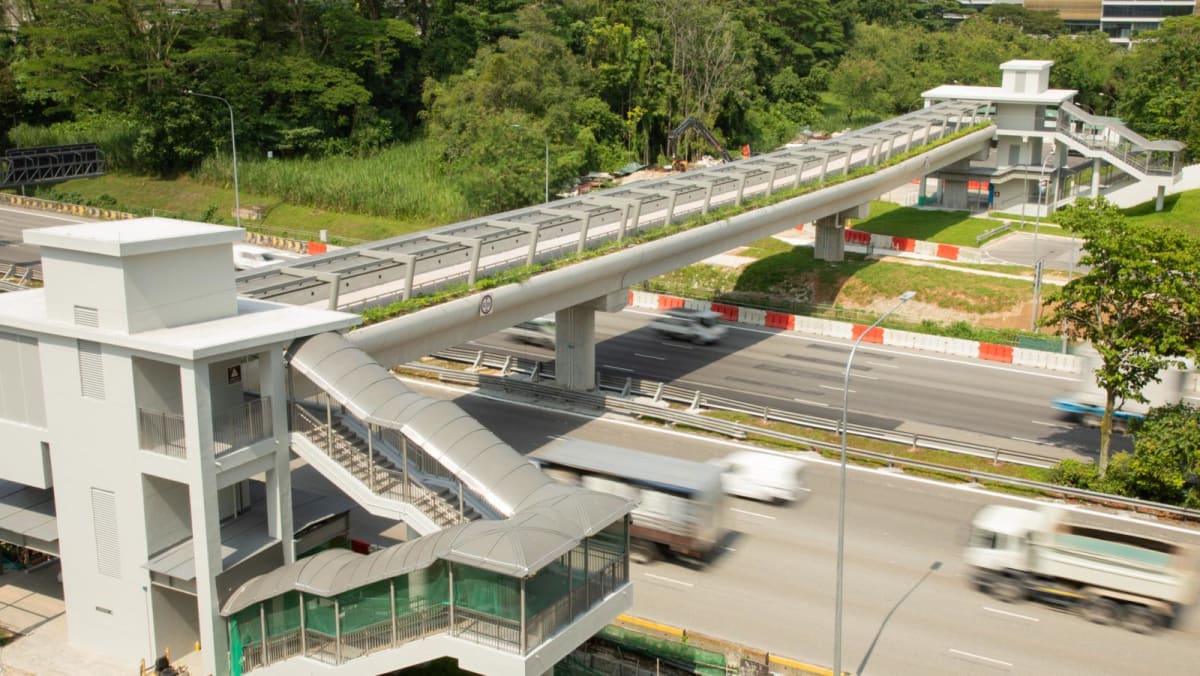HOW IS IT DIFFERENT FROM COMBAT RATIONS?
The ready-to-eat meals share similarities with army combat rations, which many national servicemen are familiar with.
The sterilisation technology used for both products is the same, said Ms Sin, but combat rations require different packaging and food options due to considerations such as needing to airdrop the packages and meeting the high-calorie needs of soldiers in the field.
Nevertheless, the SATS team learned from its experience producing combat rations to develop the new emergency meals. One key difference is packaging transparency: combat rations are stored in opaque pouches to extend shelf life to up to 24 months, while the ready-to-eat meals have a transparent seal, which exposes them to sunlight that could discolour the food.
“When we distribute the meals, we give very clear storage conditions: a clean environment, away from sunlight, in an ambient storage area less than 30 degrees,” Ms Sin said.
The Singapore Food Agency, which collaborated with SATS in this initiative, said ready-to-eat meals are a quick way to ensure Singaporeans have access to food in crises.
“These meals are shelf-stable and are convenient as they require minimal preparation before consumption,” it said in a media factsheet.
The agency encouraged Singaporeans to support the nation’s food security by being flexible in their food choices, such as choosing frozen over chilled products or opting for canned alternatives instead of fresh food.
Households could keep a reasonable pantry stocked with extra food, enough to last up to two weeks, it added.
